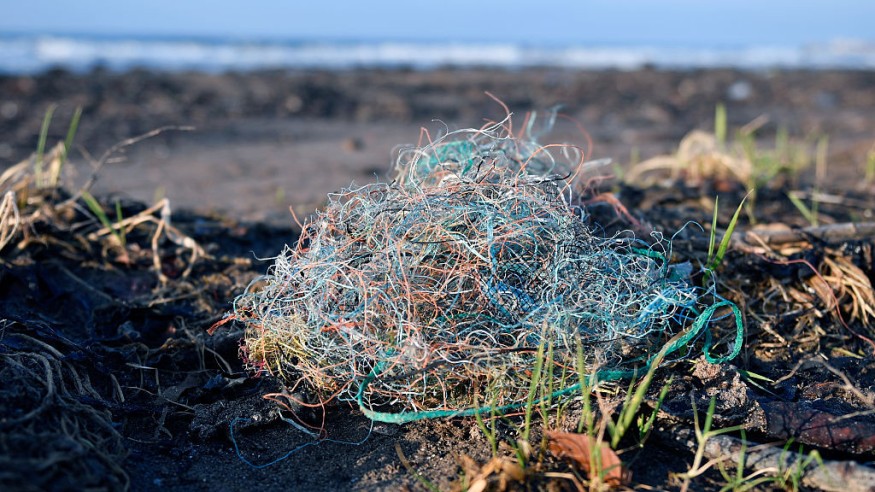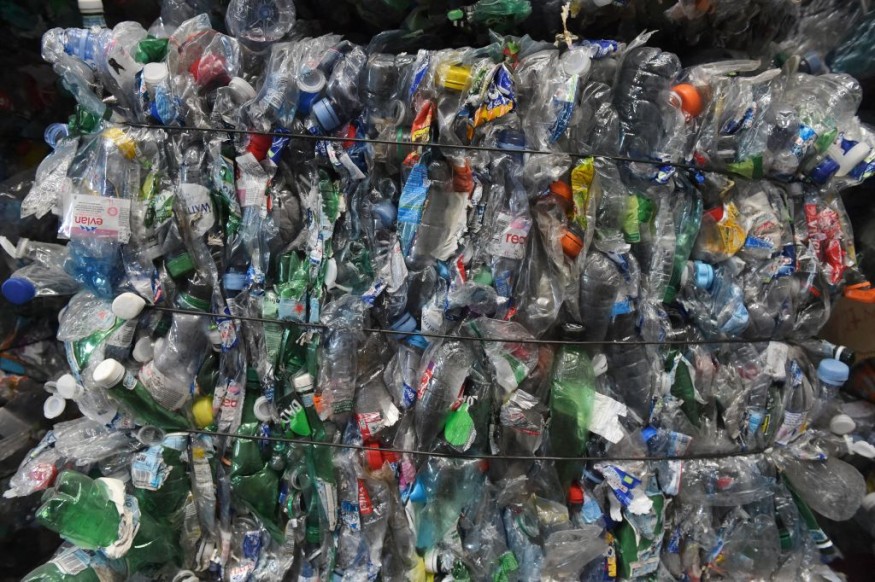PHAs, or polyhydroxyalkanoates, are called "dream" plastics. They are a type of polymers that are naturally produced by living microbes or artificially synthesized from biorenewable feedstocks, and they are already the foundation of a young industry. They biodegrade in the natural environment, which includes soil and water.

Growing Plastic Pollution
According to a new OECD report, the globe produces twice as much plastic garbage as 20 years ago, with just 9% adequately recycled. Most of this material gets disposed of in landfills, burned, or leaked into the environment.
The OECD's first Global Plastics Outlook reveals that while rising populations and incomes drive a relentless increase in plastic being used and thrown away, policies to curb its leakage into the environment are falling short. This report was released before the UN talks on international action to reduce plastic waste.
Lack of Attention

However, there is a reason PHAs have yet to gain much traction as sustainable, eco-friendly replacements for conventional plastics. Crystalline PHAs are brittle, less practical, and more durable than traditional polymers. They are costly because they cannot be easily recycled and melt-processed.
Polymer chemists at Colorado State University have developed a synthetic PHA platform under the direction of Eugene Chen, a distinguished university professor in the Department of Chemistry. This addresses these issues and paves the way for commercializing PHAs as truly sustainable plastics in the future.
In the journal Science, Chen and colleagues describe a new class of modified PHAs easily accessible through chemical catalysis.
Potential Flaw
The intrinsic thermal instability of typical PHAs, which makes it challenging to melt-process them into finished products, has the researchers looking for a solution. The CSU scientists made significant structural alterations to these plastics by replacing the reactive hydrogen atoms that cause thermal breakdown with more durable methyl groups. This structural change significantly improves the PHAs' thermal stability, resulting in plastics that may be melt-processed without decomposing.
Furthermore, the two most popular commodity plastics, high-density polyethylene (used in items like shampoo and milk bottles) and isotactic propylene (used to create automotive parts and synthetic fibers), are outperformed by these newly developed PHAs in terms of mechanical toughness. The best aspect is that the new PHA can be chemically recycled to its fundamental monomer molecule using only an essential catalyst and heat. The recovered clean monomer can then be used to create new PHA indefinitely.
Needing Improvement
To achieve a circular PHA economy, Chen added, "We are adding three key desired features to the biological PHAs, including closed-loop chemical recycling."
Related Article : Experts are Banding Together to Make Sure this Commonly Used Plastic Sees a More Sustainable Future
For more environmental news, don't forget to follow Nature World News!
© 2025 NatureWorldNews.com All rights reserved. Do not reproduce without permission.





